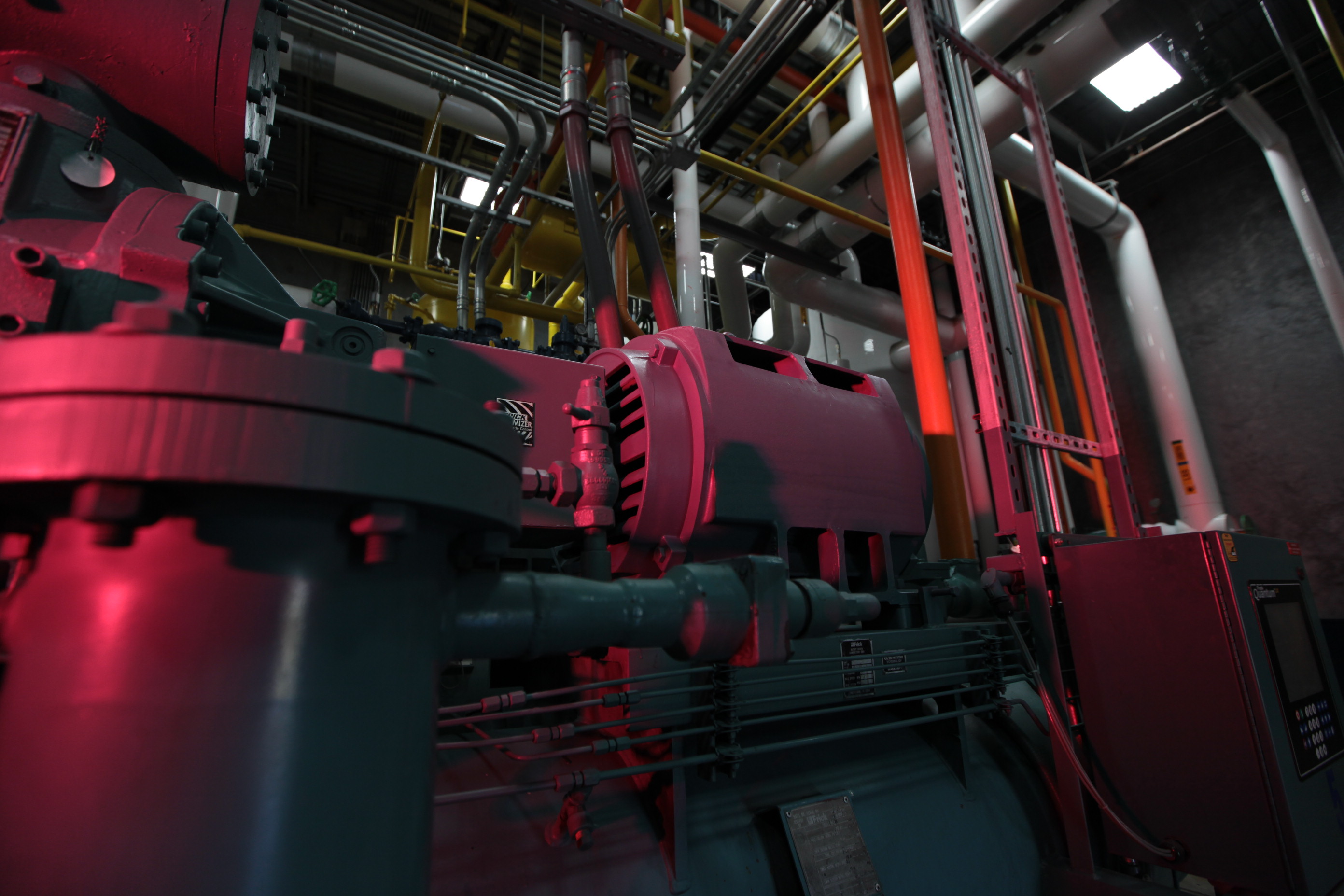While we’ve already blogged about ways to determine the fitness of your refrigeration compressor, it’s important to pay attention to the big picture as well. Ensure you keep up with the the health of your entire refrigeration compressor package, as failure to check components including the motor, control panel and suction superheat, can cause major failures. Here are the 14 key factors to check within each component of your compressor package.
Motor
1. Bearings lubrication—If your motor quits, then, of course, you’re left with nothing to drive your compressor. Check and maintain the lubrication of your motor’s bearings, per original equipment manufacturer (OEM) guidelines. Improper lubrication can cause premature bearing failure.
Compressor/motor coupling
2. Alignment—Ensure the coupling between your motor and compressor is properly aligned, checking that it’s within tolerance. Improper alignment can cause premature bearing failure, seal failure and excessive vibration issues.
Oil filters
3. Pressure drop—If not monitored closely, oil filter pressure drop can cause operating alarms and ultimately, shutdown alarms.
4. Run time—Keep track of run time and pressure drops as oil filter replacements are based upon these two factors. It’s standard to replace oil filters per OEM guidelines.
Suction superheat
5. Liquid and gas temperature difference—Check the difference between the suction pressure and the gas saturation temperature. The standard difference is about 10 degrees. Failure to do so may result in saturated vapor entering the compressor.
Oil pump (if applicable)
6. Pressure—Measure pressure to ensure proper lubrication. Improper pressure can cause operational/shutdown alarms and reduced component life.
Control panel
7. Calibration—Check your control panel’s calibration with calibrated instruments. Proper calibration should be completed routinely. Failure to do so may result in excess energy consumption and unsafe operational conditions.
8. Electrical inspection—Check to ensure terminal integrity and overall panel condition, making sure there are no loose wires.
Oil cooling
9. Temperature—Maintain temperature per OEM specifications. Improper oil temperature may result in operational/shutdown alarms and reduced component life.
Mounting bolts and package bolts
10. Torque—Once a year, check the torque of mounting and package bolts as part of your routine preventive maintenance program. Loose bolts can cause unsafe conditions and possible vibration issues.
Pipe support
11. Proper support—Pipe supports must be inspected routinely as they have a tendency to loosen overtime.
Compressor
12. Oil—Analyze your oil for impurities and wear properties, per original equipment manufacturer (OEM) guidelines.
13. Vibration—Evaluate your compressor’s vibration spectrum, keeping an eye out for bearing defect frequencies and high acceleration/velocity values.
14. Bearing end play—When the machine is hot, or at operating temperature, measure the amount of movement within the bearing.




